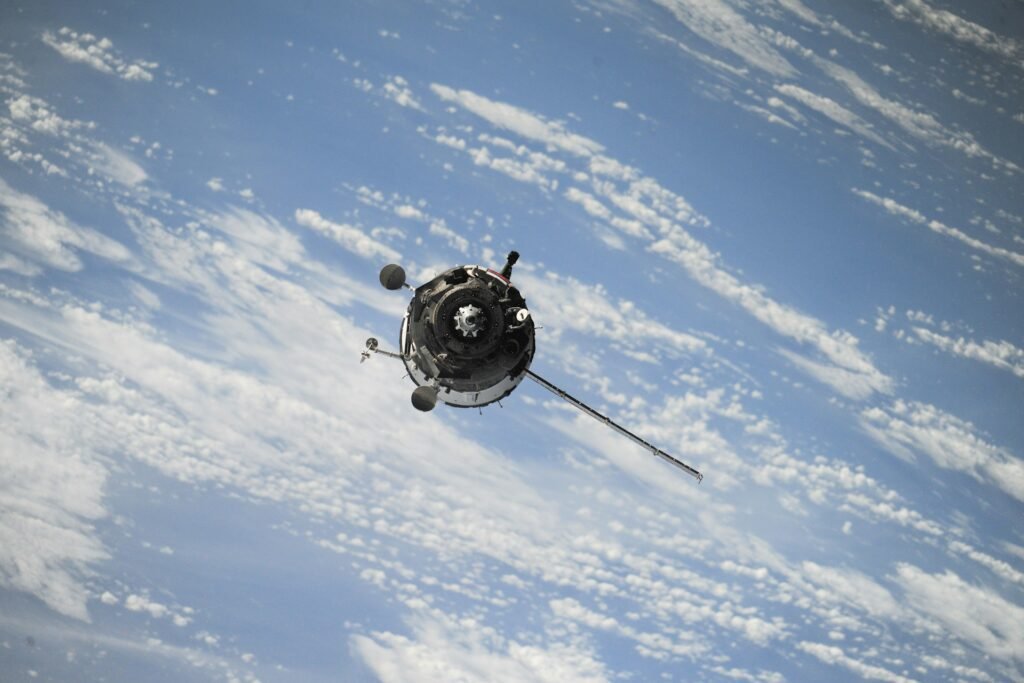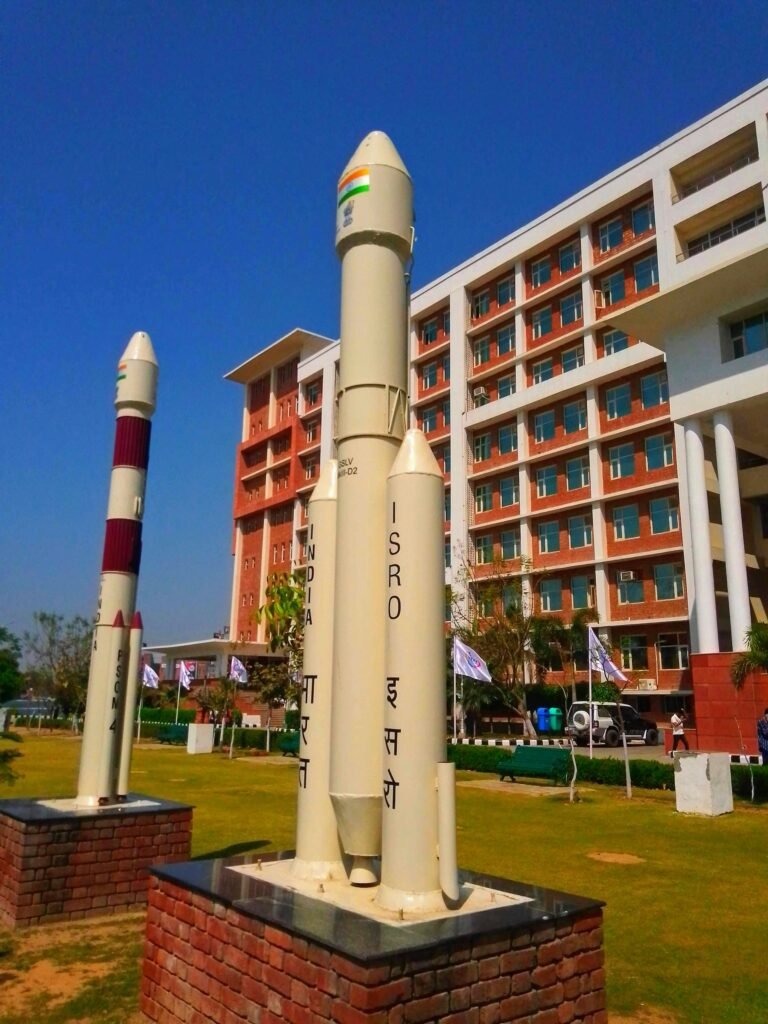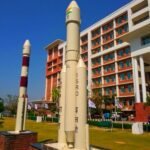
In 2024, ISRO (Indian Space Research Organisation) is set for an ambitious year with a target of one rocket launch every month. This is part of a broader effort to increase India’s capabilities in space exploration and technology. Notable missions include:
To increase India’s capabilities in space exploration, following are some notable missions this year:
- Gaganyaan Preparations: ISRO will conduct several crucial tests in 2024 for the Gaganyaan mission, India’s first crewed spaceflight, expected to launch in 2025. These tests will involve pad-abort trials, recovery experiments, and other safety assessments to ensure crew survival during launch and return. Gaganyaan will lay the groundwork for further human space exploration, including potential space station initiatives and deep space missions. It also signals India’s growing capabilities in global space exploration.
The Gaganyaan mission is a landmark in India’s space journey, pushing the nation closer to achieving full autonomy in human spaceflight. - NASA-ISRO Collaboration (NISAR): One of the most awaited missions is the launch of the NISAR satellite, a joint mission between NASA and ISRO. This Earth observation satellite will use radar technology to monitor environmental changes, offering critical insights into ecosystems, ice masses, and natural disasters.
The NISAR (NASA-ISRO Synthetic Aperture Radar) mission is a collaborative effort between NASA and ISRO to develop a cutting-edge Earth observation satellite. It is designed to provide highly detailed and accurate data on Earth’s surface changes. NISAR will mark a significant leap in global Earth observation, combining NASA’s technological expertise with fast growing India’s capabilities in space exploration and satellite development.
The satellite is expected to be launched in 2024 using ISRO’s LVM-3 rocket from the Satish Dhawan Space Centre in India - Communication and Observation Satellites: In 2024, ISRO continues to expand its portfolio of communication and Earth observation satellites as part of its mission to enhance India’s space-based services for diverse applications such as telecommunications, disaster management, urban planning, and environmental monitoring. Here’s an overview of some key satellite launches planned for the year:
- GSAT-20 (Communication Satellite): GSAT-20 is a high-throughput communication satellite that will significantly improve internet connectivity across India, especially in remote and rural areas. It will be crucial in bolstering broadband and telecommunication services, supporting Digital India initiatives, and serving military communication needs
- INSAT-3DS (Meteorological Satellite): A follow-up to previous INSAT series satellites, INSAT-3DS will be dedicated to weather monitoring and disaster management. The satellite will carry advanced imaging instruments to provide real-time data for weather forecasting, cyclone warnings, and climate studies. It will also support early detection of extreme weather events like floods and storms.
- Resourcesat-3 (Earth Observation Satellite): This satellite will be the next in ISRO’s Resourcesat series, focused on agriculture, forestry, water resources, and disaster management. Its data will be used for crop health monitoring, flood management, and urban planning, supporting sustainable development goals and environmental conservation.
- Oceansat-3 (Earth Observation Satellite): The Oceansat series focuses on monitoring the ocean environment and marine resources. Oceansat-3 will track sea surface temperatures, wave heights, and ocean color to assess the health of marine ecosystems.
- Technological Advancements: Experiments with technologies like the Reusable Launch Vehicle (RLV) are planned to enhance cost-effective space access, marking ISRO’s growing role in reusable space technologies. In addition to these, ISRO is developing next-generation satellites with improved performance, which are crucial for supporting satellite-based internet services, national security, and scientific research. Many of these satellites will be launched aboard the PSLV and GSLV rockets, with some missions involving commercial payloads from international customers.
These efforts continue India’s remarkable achievements in space, following the success of missions like Chandrayaan-3 and Aditya-L1 in 2023, which strengthened India’s position in lunar and solar research.

These satellite launches will further strengthen India’s space-based infrastructure & India’s capabilities in space exploration, providing essential services in communication, weather forecasting, disaster management, and environmental monitoring, contributing to national development and global scientific research.










Great work ISRO